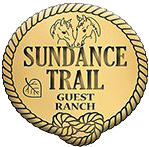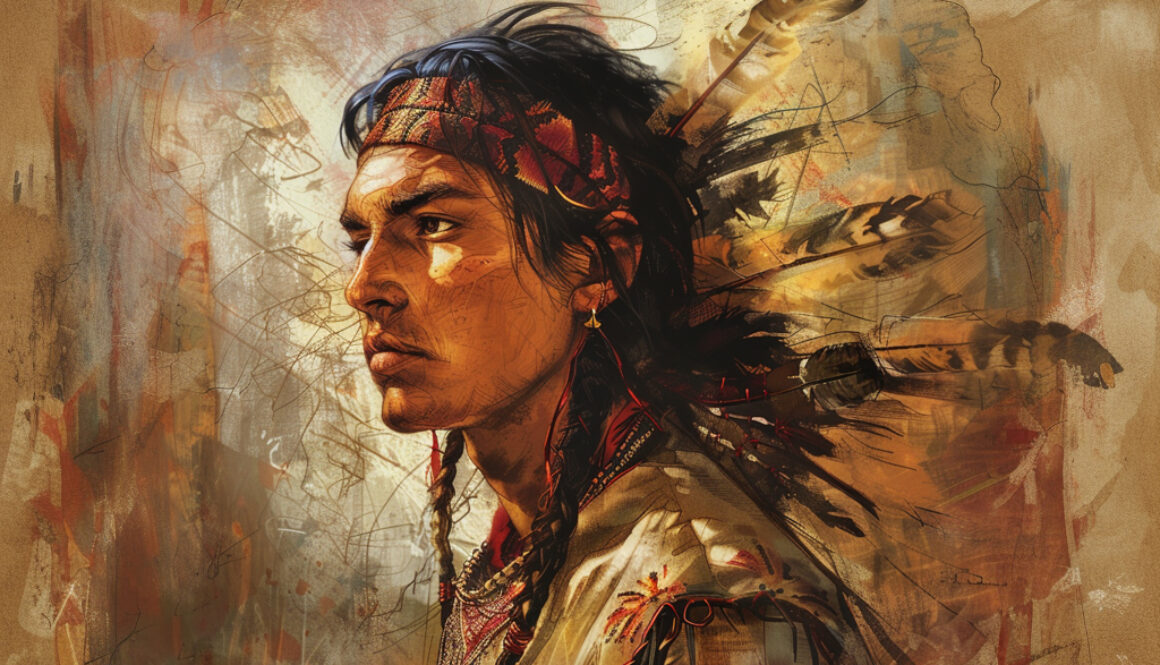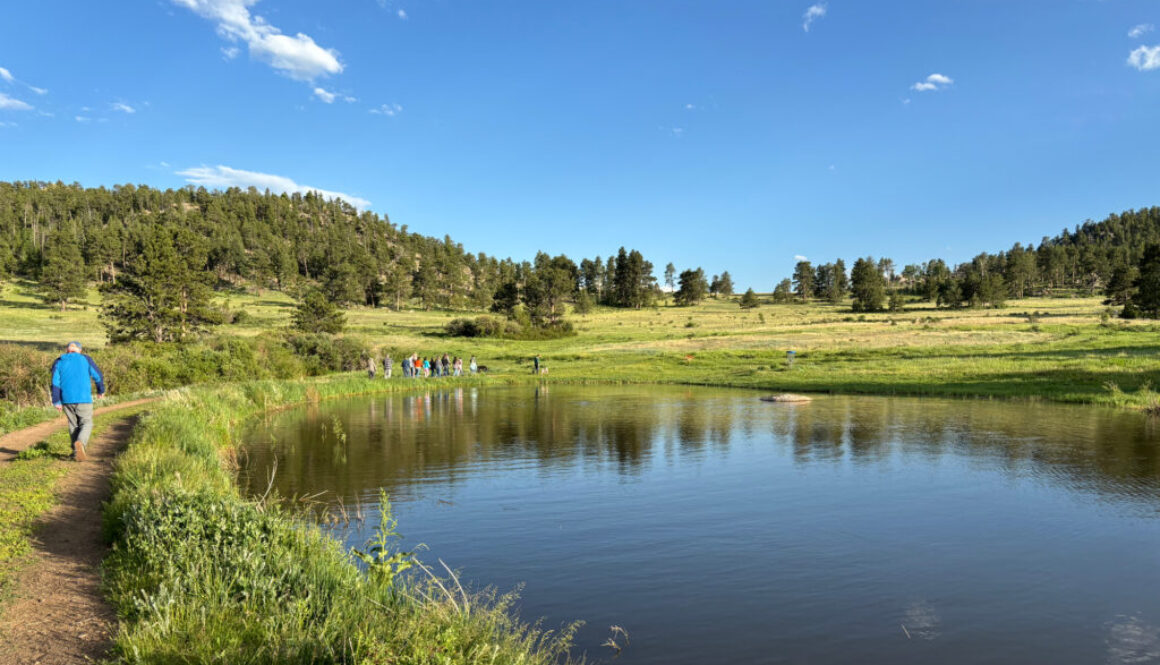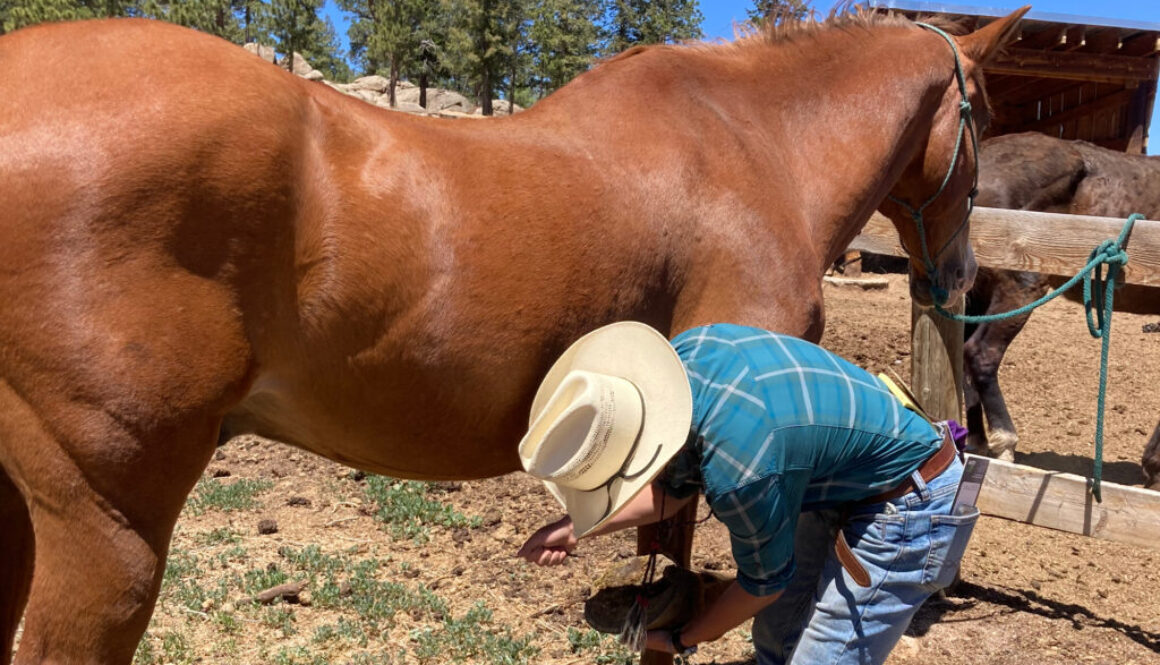Explore the Rich History of Red Feather Lakes at Sundance Trail Guest Ranch in Colorado
When it comes to choosing the perfect dude ranch in Colorado, the rich history of the West can make the decision overwhelming. Many Colorado guest ranches boast diverse histories, but Sundance Trail Guest Ranch stands out as a top destination for history enthusiasts of all ages. Nestled in the Red Feather Lakes area, which has been on the map for over a century, this ranch offers a unique opportunity to walk through history and legends in their rawest form.
The Legend of Red Feather
The story of Red Feather begins with a young Cherokee named Red Feather, who lived peacefully with his tribe in the flatlands until a vision transformed his destiny. This vision foretold of a land to the north, abundant with clear waters, plentiful fish, and game as far as the eye could see.
Driven by this vision, Red Feather and his loyal followers journeyed northward and claimed the area now known as Red Feather Lakes for the Cherokee tribe. Under Red Feather’s leadership, the tribe thrived in these lush valleys. Renowned for his gentle nature and generous spirit, Red Feather was loved by his people, other tribes, and travelers alike. However, when the time called for it, he became a fierce warrior, leading his tribe to victory against those who sought to take their land.
The legend of Red Feather’s utopian paradise spread far and wide, attracting more challengers to their territory. Despite numerous battles, Red Feather and his tribe consistently emerged victorious. During one intense and well-planned attack by the Pawnee tribe, Red Feather fought valiantly. Although his forces ultimately triumphed, Chief Red Feather sacrificed his life on the battlefield.
Today, the town of Red Feather Lakes honors the legacy of this great chieftain, with his namesake proudly displayed throughout the area. The self-sufficiency and courage of the Cherokee people who first settled this land are still evident in the community.
Explore History at Sundance Trail Guest Ranch
The Red Feather Lakes Historical Society offers a comprehensive collection of stories, legends, and historical accounts from the Red Feather Lakes and Livermore areas. As a guest at our Colorado dude ranch, you’ll have the chance to delve into these rich histories. This glimpse into the past is just a small part of the legends you’ll discover at Sundance Trail Guest Ranch.
Plan Your Visit
Experience the history and beauty of Red Feather Lakes by booking your stay at Sundance Trail Guest Ranch. Call us at 970-224-1222 today to reserve your unforgettable Colorado vacation!
*The illustration for this post is ai generated. It is not an accurate portrait of Chief Red Feather, so as not to utilized copyrighted imagery.



